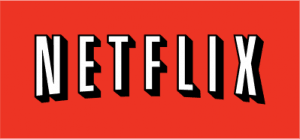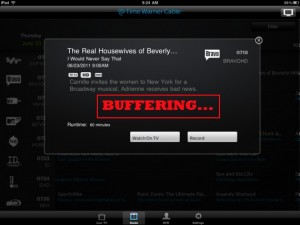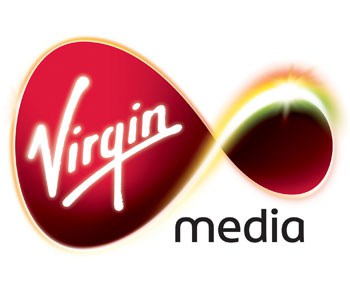 Netflix knows many customers are upset over the company’s recent decision to raise prices up to 60 percent, but company officials are shrugging their shoulders, suspecting the vast majority won’t actually follow through on their threats to cancel service. But Netflix is preparing investors for a possible third quarter decline in revenue, just in case.
Netflix knows many customers are upset over the company’s recent decision to raise prices up to 60 percent, but company officials are shrugging their shoulders, suspecting the vast majority won’t actually follow through on their threats to cancel service. But Netflix is preparing investors for a possible third quarter decline in revenue, just in case.
CEO Reed Hastings downplayed the vocal protests with shareholders on an investor conference call.
“Believe it or not, the noise level was actually less than we expected,” Hastings said. “Given a 60% increase, we knew what we were getting into.”
Netflix expects revenue will decline temporarily in the third quarter as customers drop either the streaming or mailed DVD component from their rental plans. The company effectively separated the two options into individual plans, and suspects many customers won’t retain both under the new pricing that takes effect next month.
Company officials also sent letters to major investors defending the new pricing as still reasonable when compared with the alternatives.
“We expect most to stay with us. We hate making our subscribers upset with us, but we feel like we provide a fantastic service,” the letter read.
Dan Rayburn, an analyst at Frost & Sullivan, believes the price changes are part of a master plan for Netflix to get out of DVD rental business altogether to save costs.
Many analysts predict Netflix will eventually adopt streaming video exclusively, but some are asking at what cost. Predictions are widespread that Netflix will be forced to raise prices on streaming, perhaps by double, just to remain profitable in light of growing rights fees. Sacrificing the labor-intensive DVD rental business, with associated warehousing and postage costs, could provide a savings cushion to protect subscribers from sticker shock should streaming rights fees get out of hand.
[flv width=”360″ height=”290″]http://www.phillipdampier.com/video/Bloomberg Williams Says Netflix Future Is Streaming Based 7-26-11.mp4[/flv]
Netflix stock is falling fast after consumer dissatisfaction over Netflix’s new pricing plans. Bloomberg covers who wins and who loses after the price changes. (2 minutes)


 Subscribe
Subscribe





